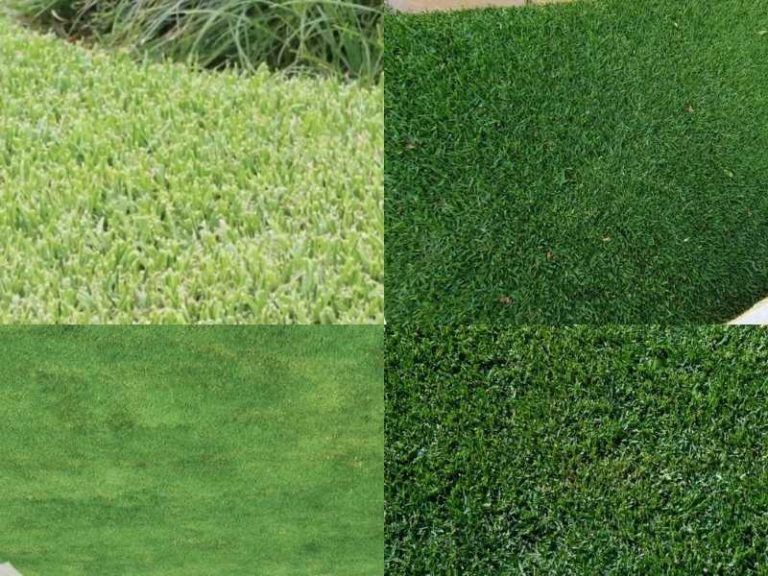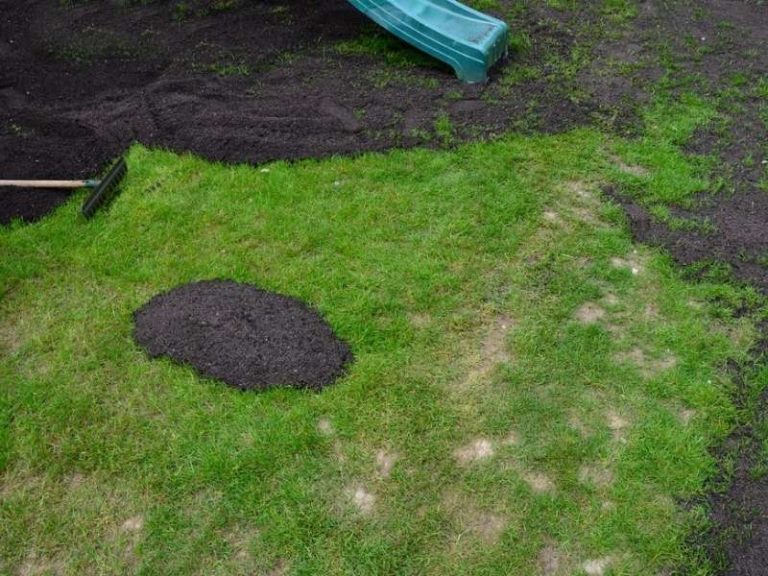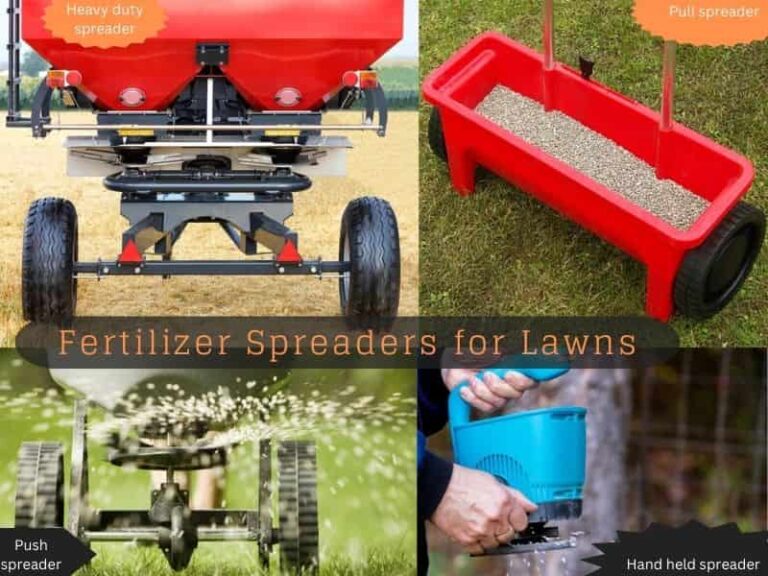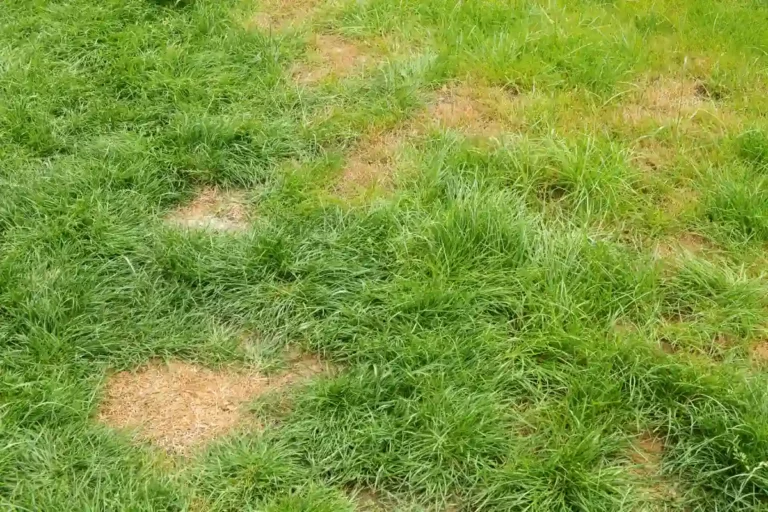Limestone for Grass
Lawn maintenance practices like mowing, fertilization, and watering make grass thrive. However, they don’t fully account for the overall health of the grass. Factors such as soil status affect the grass’ response to these maintenance practices.
Soil acidity may affect your grass’ growth. Limestone is the element that corrects the soil pH to provide optimum soil conditions. Combined with soil moisture, essential nutrients, and the perfect weather conditions, soil treated with lime will give you better results when you plant grass.
Here’s how lime affects soil status and the health of the grass.
Is limestone good for your lawn?
Limestone is great for your lawn. Not only does it even out the soil’s acidity, but it also acts as a soil cleanser and detoxifier. The calcium and magnesium boost in the soil does wonders for your lawn.
Here are more reasons why you need limestone for your lawn.
Limestone improves soil pH.
The pH value shows the level of acidity or alkalinity of the soil. Environmental factors such as constant heavy rainfall, incorrect irrigation practices, and fertilization can affect soil pH. Grass health deteriorates when the pH is lower than 5.5. Yet, most grasses require a less acidic or neutral pH between 6.5 and 7.0 to thrive.
The two most active components in limestone — calcium, and magnesium — play a critical role in restoring pH balance in the soil.
Limestone improves nutrient uptake.
Overly acidic soils decrease the grass’ ability to absorb nutrients that support growth. Applying limits resets soil conditions to optimum levels and makes growth conditions more favorable. The roots can then absorb nutrients easily.
Limestone adds calcium and magnesium to the soil.
Limestone contains calcium carbonate and magnesium carbonate. Limestone in all its forms contains heavy calcium carbonate elements. However, dolomitic limestone is applicable for magnesium-deficient soils. Soil with 100% calcium carbonate equivalence (CCE) provides the perfect environment for grass to thrive.
Calcium regulates the quantities of nutrients like zinc and phosphorus in the soil.
Limestone improves the efficacy of fertilizers and herbicides
Excessively acidic soils cannot respond well to applied fertilizers and herbicides. Ironically, nitrogen, a key ingredient in fertilizer, is one of the main culprits in acidifying soils. Fertilizers and herbicides remain dormant on the ground, leading to pitiful uptake by the roots.
Adding lime corrects nitrogen and phosphorus acidity problems, thus allowing the roots of the grass to absorb fertilizers and herbicides.
Limestone improves microbial activities.
Suitable soil pH allows microorganisms to live and break the decaying organic matter to release nutrients to the soil. However, acidic conditions are not conducive to these vital microorganisms. Extreme acidic conditions in the ground can kill microorganisms.
If lime is added to correct and raise the pH, the soil becomes healthy for these microorganisms’ survival.
Limestone improves the health of the grass
Lime balances the toxic acidic environment that was deteriorating the health of the grass.
As a result, the soil gets enough nutrients the grass needs to thrive, and the microbial activities increase to release more nutrients. The grass also responds well when adding fertilizer and herbicides to grow and fight weeds.
Correcting the pH makes essential elements available; thus, the grass grows healthy and thicker to produce a lusher lawn.
How do I know if my lawn needs lime?
The best way to know if your lawn needs lime is by performing a soil test to determine its pH. However, preceding the pH test, check for patches or bares spots in some parts of the lawn grass.
Acidic soils tend to be prime grounds for acid-loving plants such as lawn moss, camellias, and weeds. As the ground becomes more acidic, it exposes lawn grass to disease, pests, and insects infestation.
Applying fertilizer without neutralizing the acidity only worsens the situation, leading to dead grass that leaves patches and brown spots.
How to apply lime to a lawn
It is vital to perform a soil test before applying lime to the lawn. A soil test reveals soil type, pH, and soil nutrient availability.
The simplest way to test the pH is to take samples from different sections of your lawn to a nearby agriculturalist center or university extension for testing. If the soil is too acidic, it needs more time to correct. Keep testing it once per year, but every 3 to 4 years for less acidic ones.
Because there are numerous types of lime for lawns, the agriculturalist will recommend the best one depending on the type of soil and grass in your lawn and your area’s climate.
Avoid applying hydrated lime and burned lime to the lawn for more safety and effectiveness. These products are more corrosive when they touch the skin, and they can burn the grass.
The best day to apply lime is on a calm day during spring and fall. If a soil test showed low soil pH, follow these steps to add the lime to your lawn.
- Measure the correct amount that the agriculturalist recommended and add to a spin or drop spreader. You can also use your hands to spread the lime if you have no spreader. However, stay safe and wear gloves.
- Walk back and forth horizontally in a straight line while spreading half of the measured amount.
- Reposition yourself vertically (direction perpendicular to the one you started with). Move back and forth in a straight line while spreading the half lime that remained using the spreader or your hands. Changing directions ensures the lime is spread evenly across the entire lawn.
- Water the lawn lightly to wash off any lime from the leaf blades and soak it into the soil.
Note: If establishing a new lawn or overseeding, soak the lime 4 to 6 inches deep before planting.
Which lime is the best for lawns?
Different kinds of limestone are added to soil to raise its pH. Generally, the best lime to add to lawns is calcitic pelleted lime. Aim for lime with almost 100% calcium carbonate equivalence. Pelleted lime is the easiest to apply since pulverized lime is extremely fine and might be affected by strong winds.
These are some of the forms of lime you can use for your lawn.
Agricultural lime or garden lime
Agri lime is made from limestone that has been crushed into fine powder and chalk. Calcium carbonate is garden lime’s main component. When added to soil, the calcium reduces the soil’s acidity, making it more alkaline.
Agri lime is cheaper than other types of limestone and is spread in powder form. It’s best applied at the end of the growing season to give it more time as it does not dissolve in soil quickly.
Slacked lime or hydrated lime
Hydrated lime is a concentrated lime made by burning lime to produce calcium, then mixed with water to form calcium hydroxide. This product dissolves faster in the soil to raise the pH, therefore not recommended for lawns as it can burn the grass.
While slacked lime is more expensive than agri lime, it contains little or no magnesium. Use it if the soil test shows enough magnesium levels.
Dolomite lime
Dolomite lime’s particles are crushed dolomite limestone containing calcium carbonate and magnesium carbonate. It is best applied to soils with insufficient magnesium.
Dolomite lime is great for pasture grass. Livestock suffers from Grass tetany, a magnesium deficiency if the feed is magnesium-deprived. If you notice your grass turning yellow, perform a soil test to verify the calcium to magnesium ratio. A calcium-to-magnesium ratio of 6:1 or greater calls for Dolomite lime.
Burned lime or quick lime
Burned limestone is made by heating limestone to remove carbon dioxide. Burned limestone dissolves fast to raise the soil’s pH. Because burned lime is corrosive, it is not recommended for lawns.
Magnesium oxide or burned magnesite
Magnesium oxide is produced by burning magnesium in the air. There’s no calcium in this lime, hence suitable for soils with enough calcium. It’s sometimes used as a substitute for dolomite lime. However, the costs are high.
When to apply lime to lawn
The best time to apply lime to your lawn is in the fall before the first frost in winter and early spring. It’s the peak season for liming the soil since rain and snow provide the water to break down the lime in the soil.
Avoid adding lime to the soil when the ground has frost or wilted grass. The grass should be actively growing. Apply lime before establishing a new lawn (if pH is lower) or overseeding to increase effectiveness.
How much lime should I put on my lawn?
The amount of lime to add to your lawn depends on the soil pH, grass type, soil type, and the type of lime.
Don’t apply more than 15 pounds of lime per 100 square feet in a single application as a rule of thumb. If the amount recommended is higher than that and immediate response is needed, apply half the amount and reapply the other half after six months.
Soil with extremely low pH needs more lime than a moderately lower one. Sandy soil needs less lime than clay soil. Meanwhile, warm-season grasses require less lime than cold-season grasses.
Can you put lime on top of the grass?
There’s no harm in putting lime on top of grass during the application, except for burned and hydrated lime, which can burn the leaf blades. After adding lime to the grass, water the lawn lightly to wash the products off the blades and soak them quickly into the soil.
Does lime hurt new grass?
Lime doesn’t hurt new grass if applied correctly. However, excess lime is harmful to fresh grass because it makes the soil too alkaline for grass survival. The grass’ leaf blades turn yellow and may have brown spots. If the condition worsens, the grass dies.
References
- NC Cooperative Extension: Does Your Lawn or Garden Need Lime?
- Oklahoma State University: Cause and Effects of Soil Acidity.





